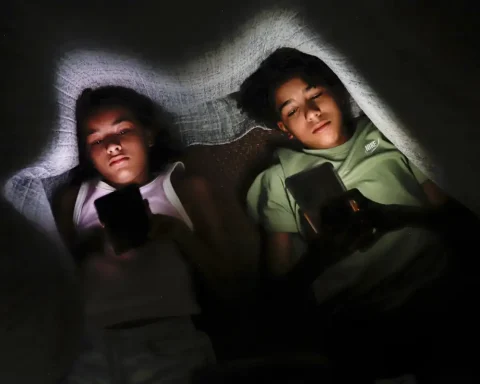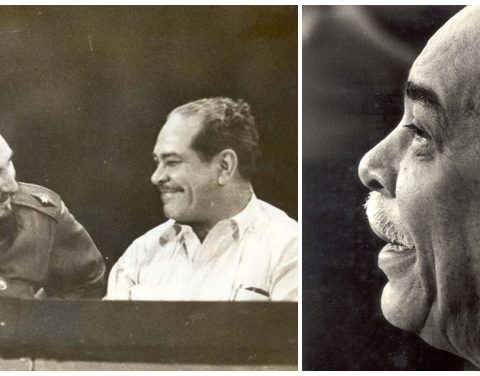Tomorrow (26) the broadcasting of free party propaganda on radio and television stations begins. The broadcast, nationwide, will be from 7:30 pm to 10:30 pm, on Tuesdays, Thursdays and Saturdays, on the initiative and under the responsibility of the parties.
According to the Superior Electoral Court (TSE), the PSOL will be the first political party to broadcast propaganda. On March 1st and 10th, PDT and MDB advertisements will be broadcast, respectively. The entirety of calendar is available on the TSE website.
The division of time for each party was made according to the performance of the acronyms in the 2018 elections. In all, there will be 305 minutes of propaganda divided between 23 parties. Subtitles such as PT, MDB, PL and PSDB will have access to the longest exposure time: 20 minutes and 40 insertions for each party.
The parties that elected more than 20 federal deputies will be entitled to 20 semiannual minutes for insertions of 30 seconds on national networks and the same time on state networks. For this placement, however, a formal request from the parties is required.
inserts
Already the acronyms that have between ten and 20 elected deputies may use ten minutes per semester for insertions of 30 seconds, both on national and state broadcasters. Benches composed of up to nine parliamentarians will have five minutes each semester for the federal and state exhibition of party content.
In these elections, according to a rule established by the court, at least 30% of the time must be devoted to female participation in politics. The transmissions will occur in block, through insertions of 30 seconds, in the interval of the programming of the stations.
A maximum of three insertions will be allowed in the first two hours and up to four in the last hour of airing. In addition, up to ten 30-second inserts per day can be played for each network.
However, the dissemination of sequential insertions is prohibited, with a minimum interval of ten minutes between each one being observed.
party propaganda
Party propaganda is displayed in the first and second semesters of non-electoral years and only in the first semester of years in which there is an election. This type of advertising aims to encourage party affiliations, clarify the role of associations and promote political participation and affiliations.
To this end, it disseminates messages about the execution of the party’s program, as well as publicizing the party’s congressional activities and its position on political issues and civil society actions.
Electoral propaganda, which aims to win votes, will begin to be broadcast in August, also nationwide. In her case, there is no need for a formal request to broadcast the free election time.
After the application for registration of candidacies, which ends on August 15, it will be possible to define the time to which each party, majority coalition and federation will be entitled. The definition is made by the TSE until August 21.
With the use of advertising resources, the pieces will be shown – nationwide – in campaigns for president and vice president of the Republic, and statewide when the positions in dispute are for senator, governor, federal deputy, state deputy and district deputy.
The distribution of advertising time among registered candidacies is the responsibility of the legends, federations and coalitions. The acronyms must respect the percentages intended for female candidacies (minimum of 30%) and for black people (defined at each election).
bans
The dissemination of propaganda for candidates for elective positions and the defense of personal interests or those of other parties, as well as the use of incorrect or incomplete images or scenes, effects or any other resources that distort or falsify the facts or the your communication.
The TSE also prohibited the use of material that can be proven to be false or the practice of acts that result in any type of racial, gender or place of origin prejudice, in addition to any practice of acts that incite violence.
Furthermore, it is prohibited to broadcast propaganda with the objective of degrading or ridiculing candidates and candidates, as well as the dissemination or sharing of facts known to be untrue or seriously decontextualized that affect the integrity of the electoral process.
According to the TSE, any lies spread intentionally to harm the voting, counting and counting processes could be punished based on criminal liability, abuse of power and misuse of the media.

















